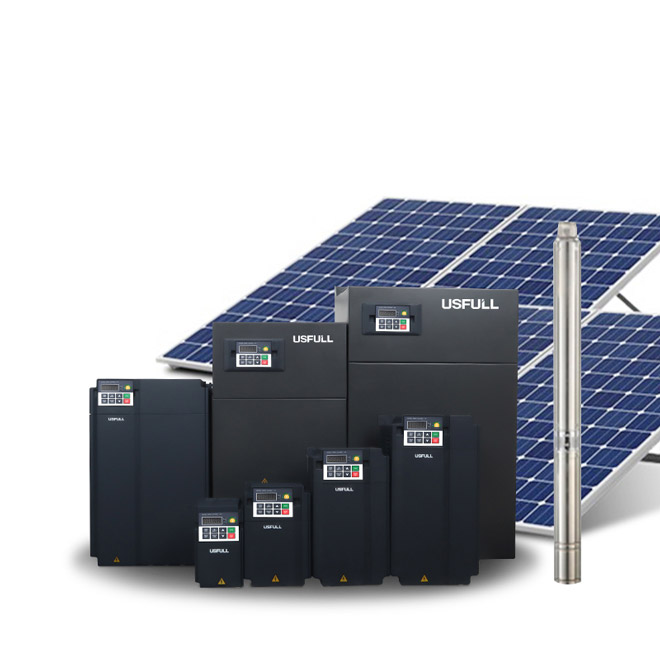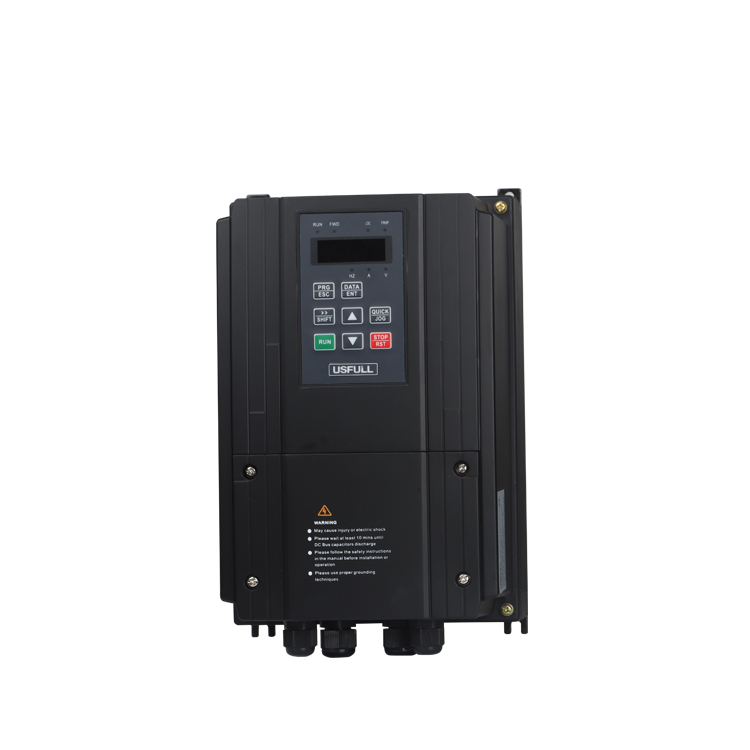Google will use only solar and wind power globally starting in 2017
Google was one of the first corporations to create large-scale, long-term contracts to buy renewable energy directly. They signed their first agreement to purchase all the electricity from a 114-megawatt wind farm in Iowa, in 2010. Today, they are the world’s largest corporate buyer of renewable power, with commitments reaching 2.6 gigawatts (2,600 megawatts) of wind and solar energy.
They use four primary tactics:
1.“Direct” renewable purchasing
In Europe, deregulated wholesale and retail power markets make it possible for Google to directly purchase renewable energy and have it delivered to our data center retail bill using the local grid. We sign a PPA with a project developer on a grid where they operate a data center, as well as a separate “balancing agreement” with a competitive power market entity that helps deliver the PPA across the grid and that can also “firm and shape”5
the energy so that they have constant, 24-7 electricity.
2.“Offsetting” renewable PPAs (aka “fixed-floating swaps”)
In geographies with regulated retail markets but deregulated wholesale markets, they purchase renewable energy at the wholesale level, retire the associated RECs, and sell the power back into the same grid from which we later draw power at the retail level. They describe this structure in their white paper about Google’s green PPAs.
3.Utility renewable energy tariffs
In areas where retail markets are not open to competitive suppliers and particularly where there is no auction-based wholesale market, they worked with their utility provider to create a new class of rates called a “renewable energy tariff,” in which the utility procures renewable energy on their behalf (described in our renewable energy tariff white paper) for sale and delivery to them.
4.Grid-mix renewable content
In most geographies where they have consumption, the utility’s grid mix contains energy from renewable resources that is not otherwise being purchased by specific consumers but rather is part of the “residual” mix. For each MWh of retail electricity that we consume at our data center, we count the portion that comes from residual renewables on the grid toward their 100% goal.
Further, they continue to support efforts to reduce the carbon emissions of the utility generation mix where they operate.



